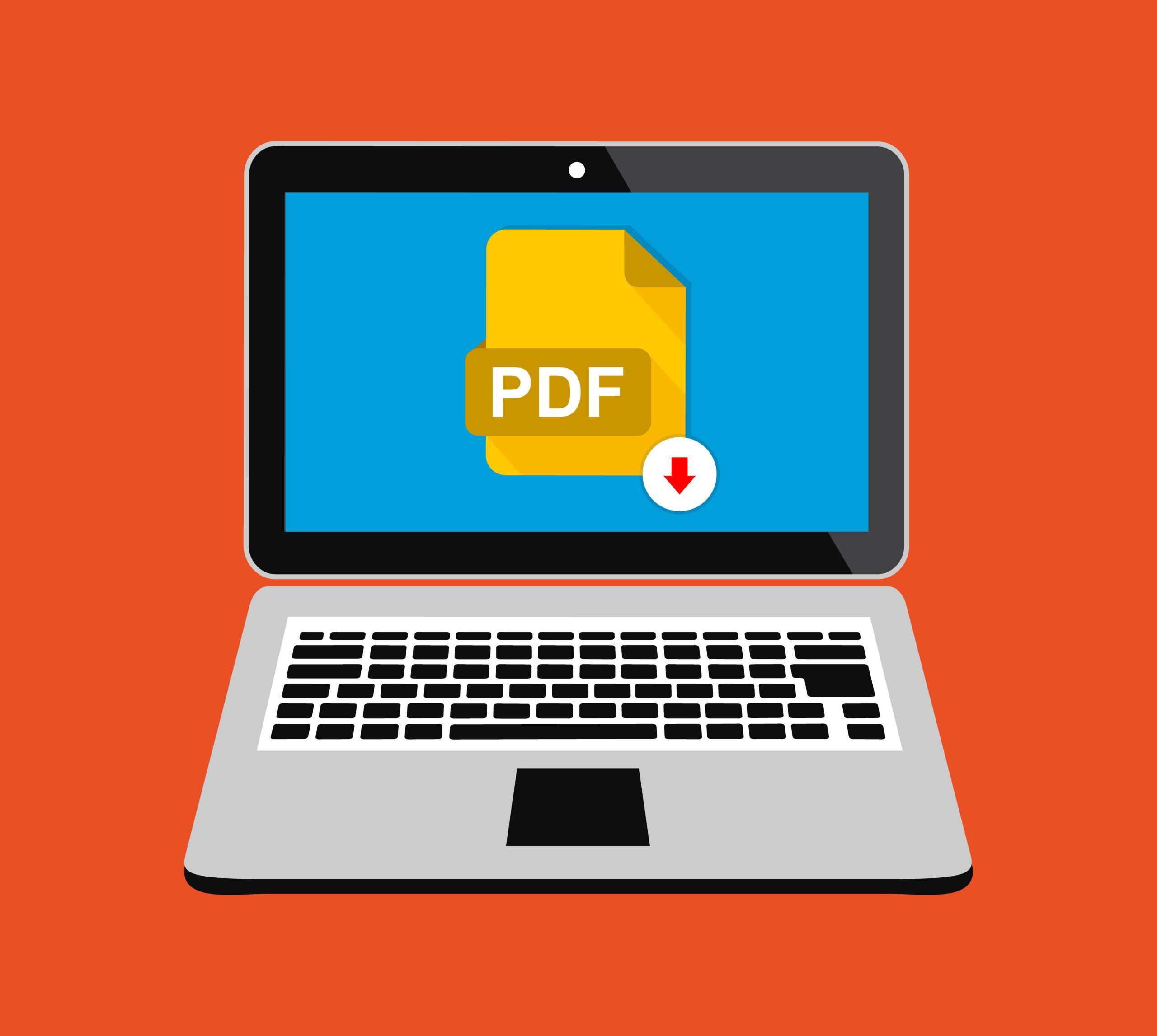Reading Safety Data Sheets
Background and motivation
When compiling a hazardous substances index, you generally take the data obtained for this purpose from the associated safety data sheets. These are without doubt the main source of information, especially when mixtures are involved. [1]
Based on the data of the safety data sheet, you can derive the required operating instructions in addition to the list of hazardous substances. [2]
In both cases, a software (e.g. GeSi³) can provide significant support – as long as the data from the safety data sheet is available in a structured form.
Different formats
In most cases, safety data sheets come in electronic form, but only in a PDF format. For many years, there was hardly any other option than to read the data from the SDS and then enter it manually into a “database”. Often, this database was simply one or more tables in Excel format.
For some years now, there has also been a structured format for safety data sheets, SDScomXML [3]. Some manufacturers support the publicly available format (including GeSi Software GmbH), but it is still not at all widespread.
Extracting data of the SDS from the PDF file
Since the SDS is usually available as a PDF, you can extract the data directly from the PDF using suitable software [4]. To do this, you can upload the PDF of the SDS to SDBcheck.de. The content is then automatically analyzed and the relevant data extracted. It is advisable to carry out a comparison afterwards to check whether the data has been determined correctly.
If you use SDBcheck® , you can directly perform a plausibility check with regard to the correct classification and labeling of the safety data sheet. If there are any discrepancies, we recommended you to contact the manufacturer, as required by TRGS 400 [1].
Importing the safety data sheet
No more time-consuming typing of the contents into the database! You can transfer the safety data sheets uploaded via SDBcheck® directly into the database as a hazardous substance. With GeSi³, this includes the PDF file that is automatically attached to the hazardous substance.

